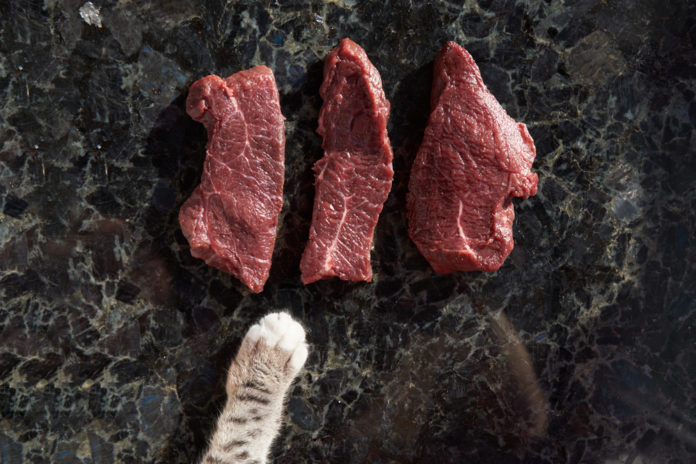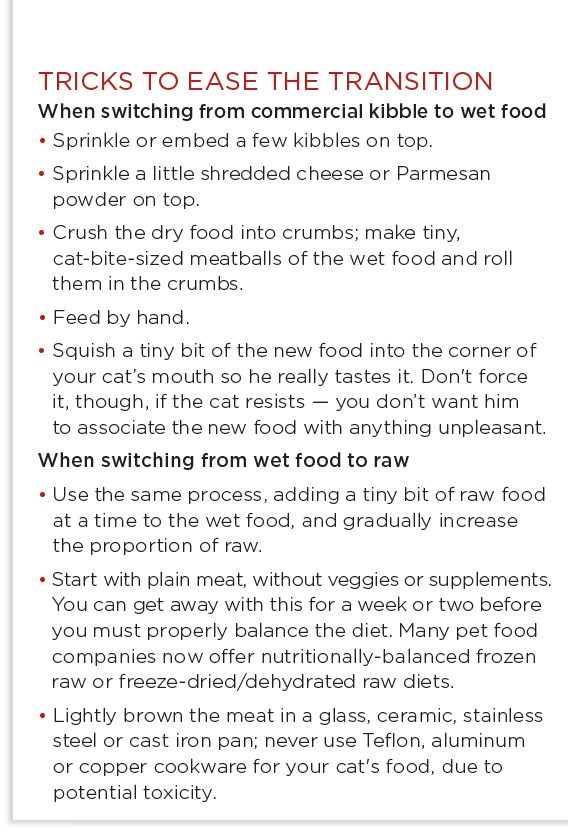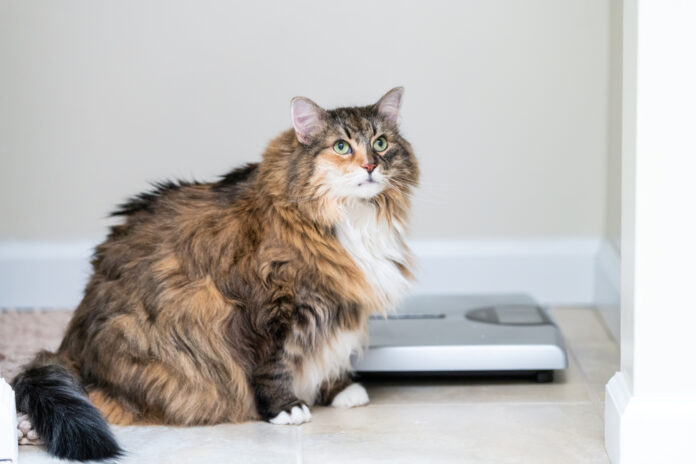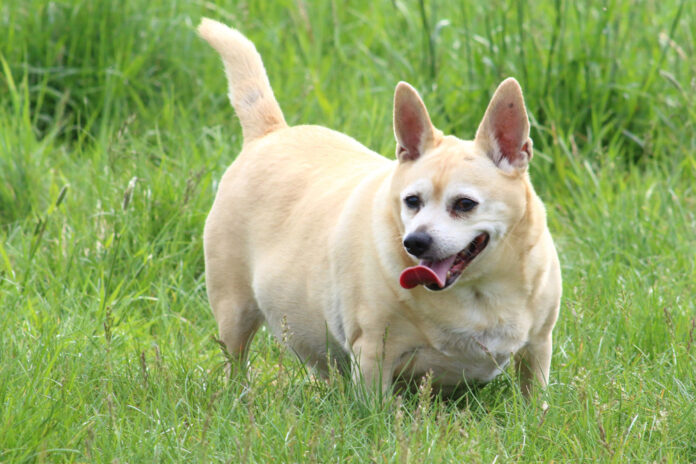Switching your cat to a raw diet?

Given how finicky felines can be, transitioning your kitty to a raw diet may seem overwhelming. It may take him a while to accept the new food, but patience and persistence will pay off.
You’d like to switch your cat to a raw diet, but he’s so picky you feel it’ll be too much of a challenge. It’s true that cats hate change, so there’s no guarantee your kitty will be on board with your decision. But that doesn’t mean it’s impossible. The ultimate key is patience. I have known cats who took many months to fully transition to raw food. If you follow the tips in this article, however, and refuse to give up, you’ll eventually succeed!
 Overcoming your feline’s food preferences
Overcoming your feline’s food preferences
Kittens form their food preferences early; and once they’re set, many will refuse any new food. A large number of cats who have eaten only commercial dry food their whole lives simply don’t recognize anything else as food.
How do you overcome these ingrained preferences? The first step is to implement a meal-feeding schedule. Food should not be available around the clock. Feed your cat in 15- to 30-minute meals, two to four times a day, with no snacking in between. This helps ensure he’ll be hungry at mealtimes.
The commonly-recommended program that involves replacing ¼ of the old food with new food each week, doesn’t always work very well for cats. An even more gradual approach, with many intermediate stages over time, may be necessary. It’s also better for your cat, since sudden changes can cause unnecessary tummy upset.

- If your cat is currently only eating a commercial dry food, it’s generally easier to transition to a good quality canned food first, before moving to raw. This allows your cat’s digestive system and gut bacteria to gently adjust to the increased moisture, new texture, different processing and increased protein. Just getting him to eat a little high quality food is a huge improvement!
- Start by putting a little bit of wet food (1/8 to ½ teaspoon) on top of the dry food. Alternatively, mix a small amount of canned food into the dry, or sprinkle some plain dry food over the wet. If the canned food isn’t appetizing enough for your cat, try meat baby food (without onion). Discard anything not eaten within 20 to 30 minutes.
- If your cat refuses the food with canned or raw mixed in, offer only the new food for the first half of the meal period, before offering his normal food. Many cats will be hungry enough to at least taste it. Plus, after they’ve seen it there day after day, their aversion will start to diminish.
- You can use flower essences, such as Bach’s Walnut and Vine, or Jackson Galaxy Solutions’ Changing Times, to help your cat overcome any mental blocks about changing his food. Shortly before feeding time, put a few drops on your fingers and massage his ears.
- Always make sure your cat is eating at each meal. If not, take a step back to the last thing he did eat, or offer his favorite food by itself. Never fast a cat, and never allow him to go more than 24 hours without eating. Cats (especially when overweight) can get into big trouble if they miss meals, or even if they eat too little over several days. They can quickly develop life-threatening hepatic lipidosis (fatty liver disease).
- Once your cat is eating the wet food, you can start introducing raw food using the same method as outlined above. See sidebar above for more tips.
What if he develops tummy troubles?
It’s a given that raw meat is contaminated with bacteria; many harmless, a few dangerous. While a cat’s highly acidic stomach and short digestive tract make illness from food-borne bacteria rare, it’s still a good idea to take the following precautions.
Many cats will experience a change in stool, even diarrhea, with any dietary alteration. As long as the cat is still eating well and acting fine, a little diarrhea is nothing to worry about. However, if he has additional symptoms, such as vomiting, lethargy, weakness or poor appetite, or if diarrhea persists, contact your veterinarian. There may be something else going on.
These two precautions will help ease digestive issues caused by a diet change:
- Add a digestive enzyme supplement. Enzymes should be plant- or fungal-based, and include at least protease, lipase and amylase. Digestive enzymes will help the intestines break down the food more completely, and will also help destroy some of the bacteria that may have escaped the stomach acid.
- Add probiotics to help balance the gut’s bacterial population. Probiotics are “friendly” bacteria such as L. acidophilus and Bifidobacterium bifidum. Healthy bacteria will prevent any bad bacteria, such as Samonella, from gaining a foothold.
Be aware that cats will often eat less raw food than other forms. A cat who eats eight ounces of canned food per day may need only five or six ounces of raw food. That translates into a healthier cat, fewer vet bills, and an all-around win for you!




